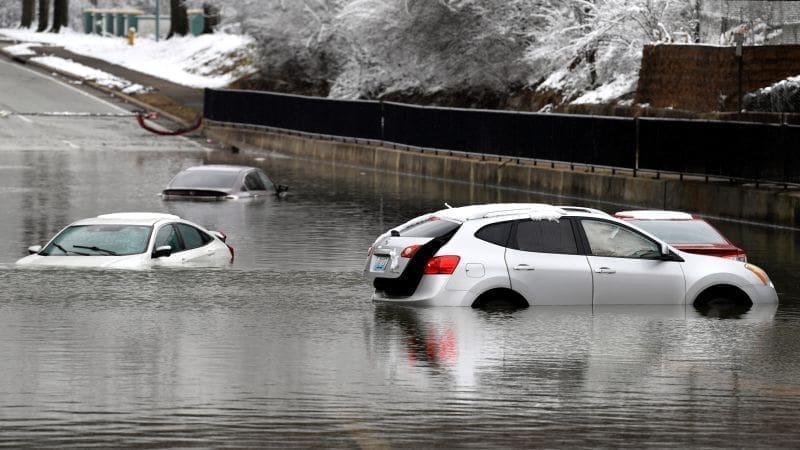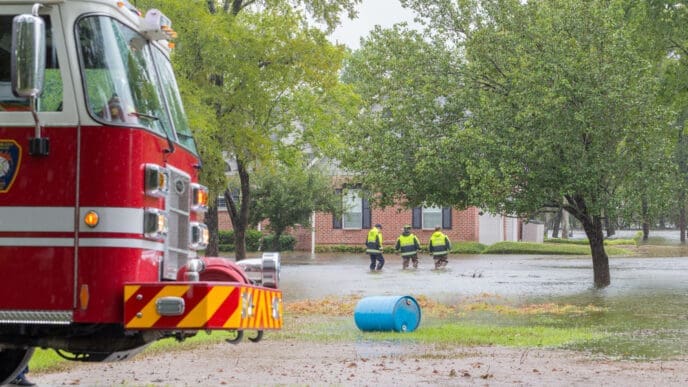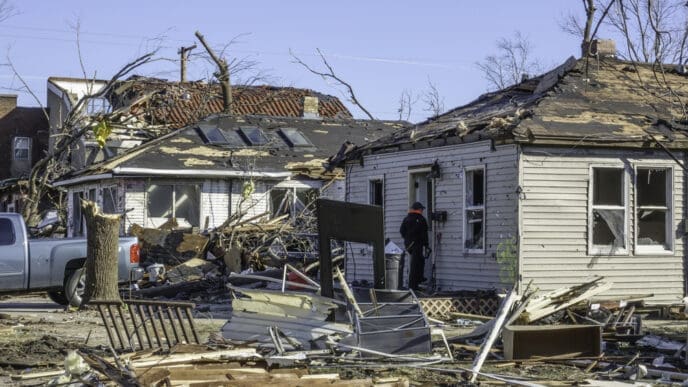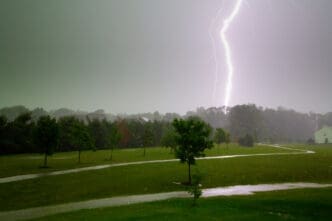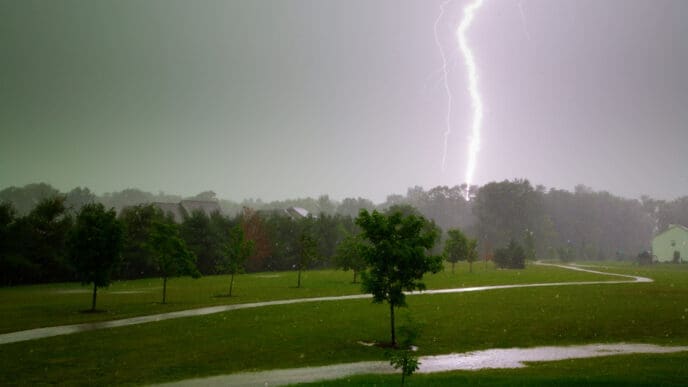A powerful bomb cyclone is set to impact British Columbia and the U.S. West Coast this week, with initial signs evident in snowfall.
British Columbia is preparing for the arrival of a bomb cyclone, a meteorological phenomenon characterized by a rapid drop in atmospheric pressure, signaling severe weather conditions. The storm is anticipated to hit the region and extend its effects to the U.S. West Coast, promising significant disruptions due to heavy snowfall and strong winds. As this weather system approaches, snowfall has already begun in some areas, setting the stage for what’s coming.
Bomb cyclones, while fascinating, are known for their potential to cause substantial damage due to the intense weather conditions they bring about. Often compared to the energy dynamics of hurricanes, these systems require close monitoring and preparation from affected regions.
The phenomenon occurs when a mid-latitude cyclone rapidly intensifies, dropping at least 24 millibars over 24 hours. This particular system threatens to bring not only a deluge of snow but also fierce wind gusts that could lead to power outages and hazardous travel conditions. Residents in the path of the cyclone are advised to stay informed and exercise caution.
Furthermore, the presence of atmospheric rivers—a flow of moisture-laden air—can exacerbate the situation. These atmospheric rivers can bring heavy rainfall to coastal areas, compounding the challenges posed by the bomb cyclone. The combination of snow, rain, and wind highlights the importance of preparedness among communities in the affected regions.
Meteorologists are constantly updating forecasts as the storm develops, ensuring that people in the affected areas have access to the latest information. The focus remains on safety and preparedness, as authorities urge residents to heed weather warnings and prepare for possible emergencies.
The impending bomb cyclone requires vigilance as it moves toward the West Coast. Preparedness and adherence to safety protocols are paramount for communities in its path.
Source: Weather






